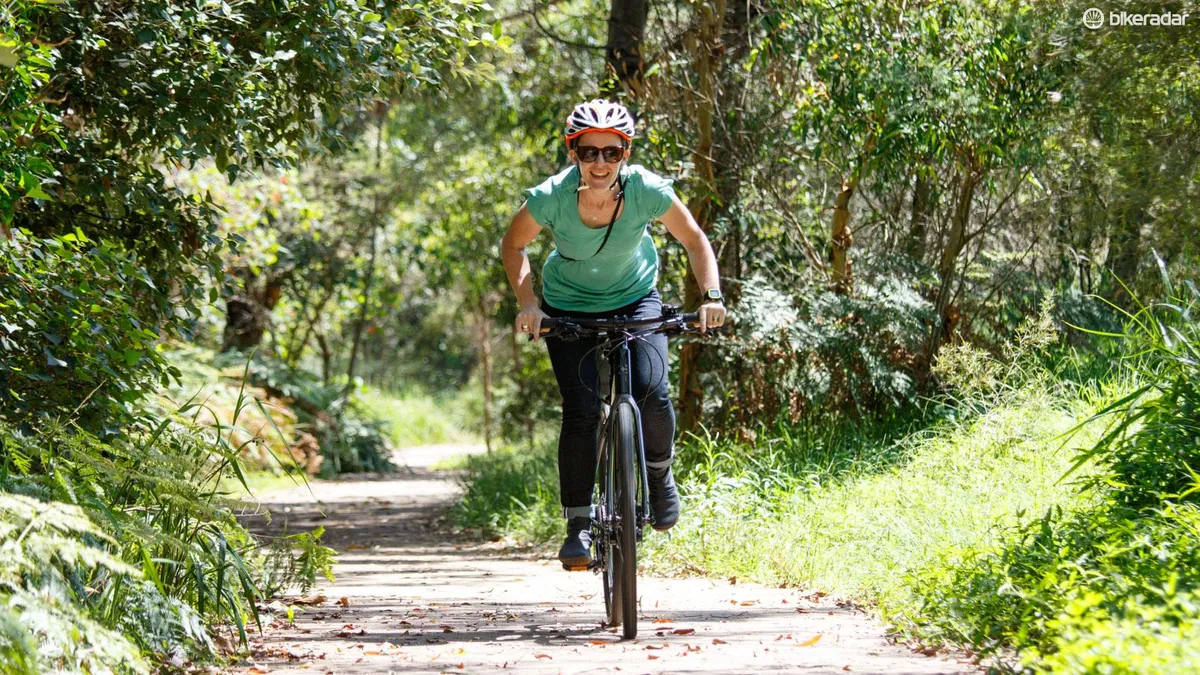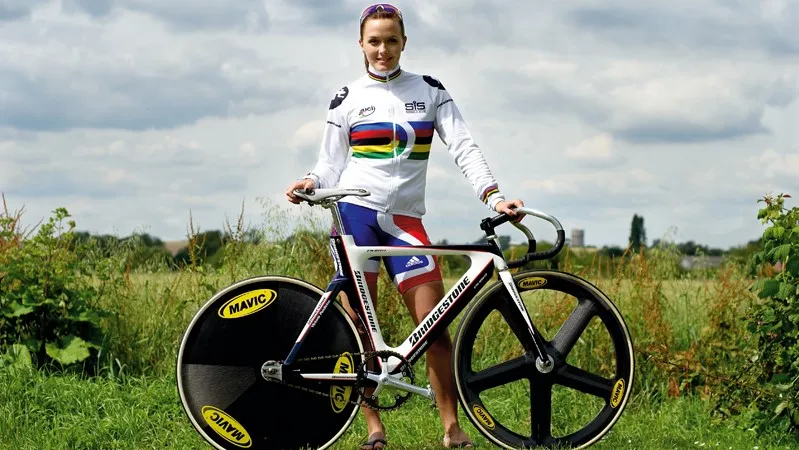Puzzled by bike materials? Worried about getting wet when you're out riding? Daunted by traffic? Here are the answers to some of the most common questions asked by new cyclists...
- UK readers: can you help us get more people on bikes? Whether you’re a keen cyclist or a complete beginner, we’d love you to get involved in our Get Britain Riding campaign, in association with B’Twin. Click here to sign up!
1. Isn’t cycling dangerous?
It might surprise you to hear that cycling’s not especially dangerous.
But what about all those stories about cyclists getting killed that you see on the news? Thing is, news is about rare events. Cyclist deaths are rare, so they make the news. The far higher number of pedestrian and motor vehicle deaths don’t.
Cycling is statistically safe. “Per year, there are 10 to 15 fatalities due to people falling off bikes with no other vehicle involved,” says safety expert and co-author of Health on the Move, Malcolm Wardlaw. "Around 200 under-65s each year die in falls while walking. I don’t remember the last time I read a newspaper report of a pedestrian killed falling down steps, yet far rarer cases of cyclists killed in falls get a lot of media coverage — together with whether the cyclist was wearing a helmet or not.”
The perception of cycling risk doesn’t match the reality
Even when you throw motor vehicles into the mix, cycling remains stubbornly safe. It’s a little more risky than driving in the UK, taken as an average, but not much.
The vast number of very safe motorway miles covered by British drivers skews the stats in the car’s favour too. And it’s not like UK cycle commuters are constantly running the gauntlet compared with their counterparts in the Netherlands. “Minority status generates fear,” says Wardlaw.
John Franklin, cycling skills expert and author of Cyclecraft, agrees that the perception of cycling risk doesn’t match the reality. “There’s nothing in life that’s risk free,” he says. “It’s about the management of risk, not simply the fear of risk. As a cycle commuter, managing risk means being assertive, and behaving like traffic so that others will treat you as traffic.”
2. Don’t you get punctures?
Just like getting soaked, a puncture is a rare event that’s nevertheless very annoying. The best prevention is to use puncture-resistant tyres. These have layers under the tread that prevent bits of glass and the like from getting through to the inner tube.
The best puncture-proof tyres for commuting use — such as the highly-rated Schwalbe Marathon Plus — practically eliminate punctures.
You can also protect yourself by simply looking where you’re going. Ride around patches of broken glass, not through them, and avoid sharp-edged potholes that can cause a puncture by pinching the tube between tyre and rim. Fair-weather riders will find they get hardly any punctures anyway.
Dry rubber is fairly tough stuff, but water on the road acts like a cutting lubricant and helps a shard of glass get through the tyre. It’s not that punctures are just more inconvenient and annoying when it’s raining, they’re also more likely!
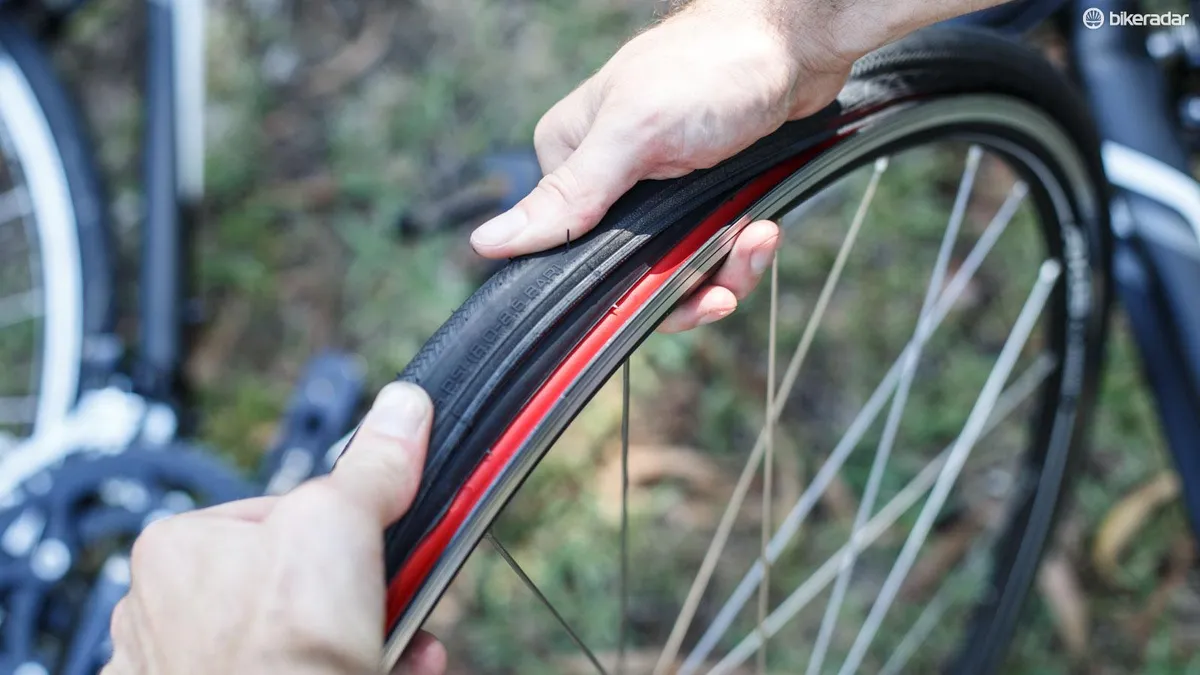
3. How do all these gears work? And why are there so many?
Bikes have gears for the same reason cars do; to let the engine work at a comfortable and efficient speed.
But a car’s engine works well at a wide range of speeds, while your bike’s human engine is best in a fairly narrow band of pedalling rates. Bikes therefore need a wide range of gears to cope with hills, and they need to be fairly close to each other.
Most bikes use external gear mechanisms, known as derailleurs, to move the chain around different sized toothed wheels, called the 'cassette’, on the wheel and ‘chainrings’ at the pedal end. The smaller the chainring, or the larger the rear sprocket on the cassette, the lower and easier the gear.
A less common type of gear system hides the mechanism inside the rear hub. Unsurprisingly called ‘hub gears’, these are eminently practical and tidy but don’t have quite the wide range of ratios provided by derailleurs and carry a weight penalty.
Many beginner riders find the gears the most daunting feature of their bikes. Get yourself to a flat, quiet place like a car park or bike path and shift up and down through the gears until you're completely confident with how they work and what they do.
4. What are the different types of brake all about?
You’ve got to be able to stop quickly and in control.
Quickly is no problem; the brakes on modern bikes are powerful enough that your ability to brake is limited by the laws of physics. Brake too hard and you’ll go over the bars. What you want is fine control over how hard you brake, and consistency in wet and dry conditions.
Brakes either act on the rim of the wheel or a braking disc which is attached to the hub.
Rim brakes are simple, but affected by water and damage to the rim, while disc brakes are more complex but provide more consistent and powerful braking.
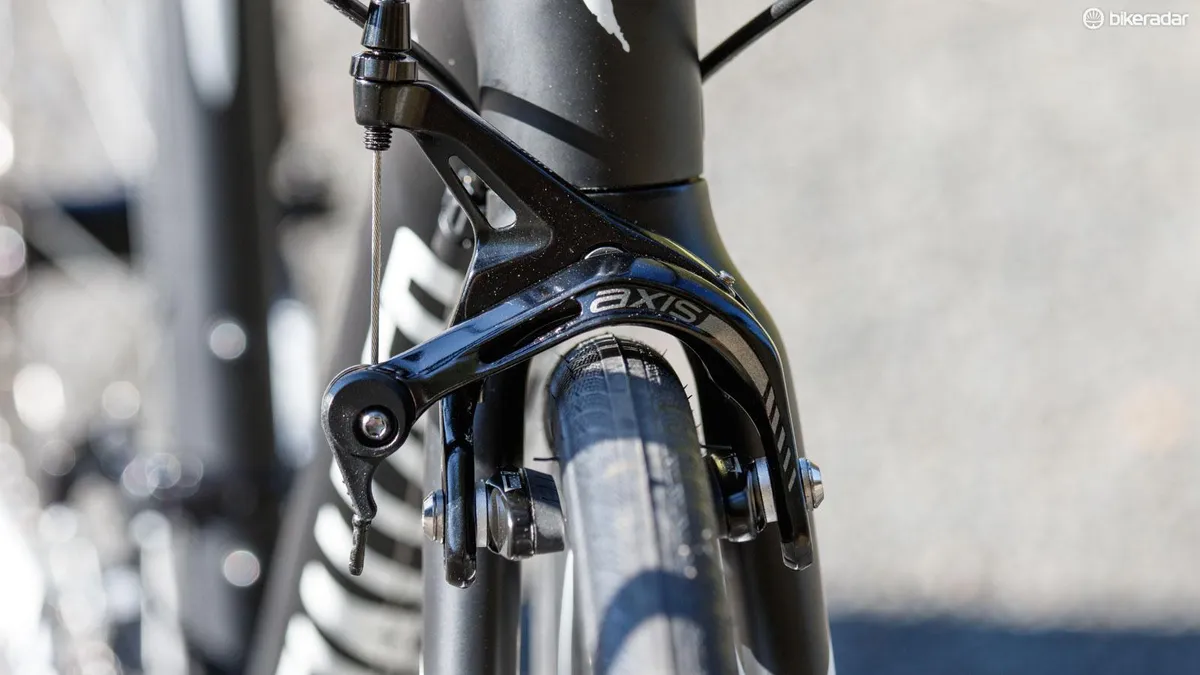
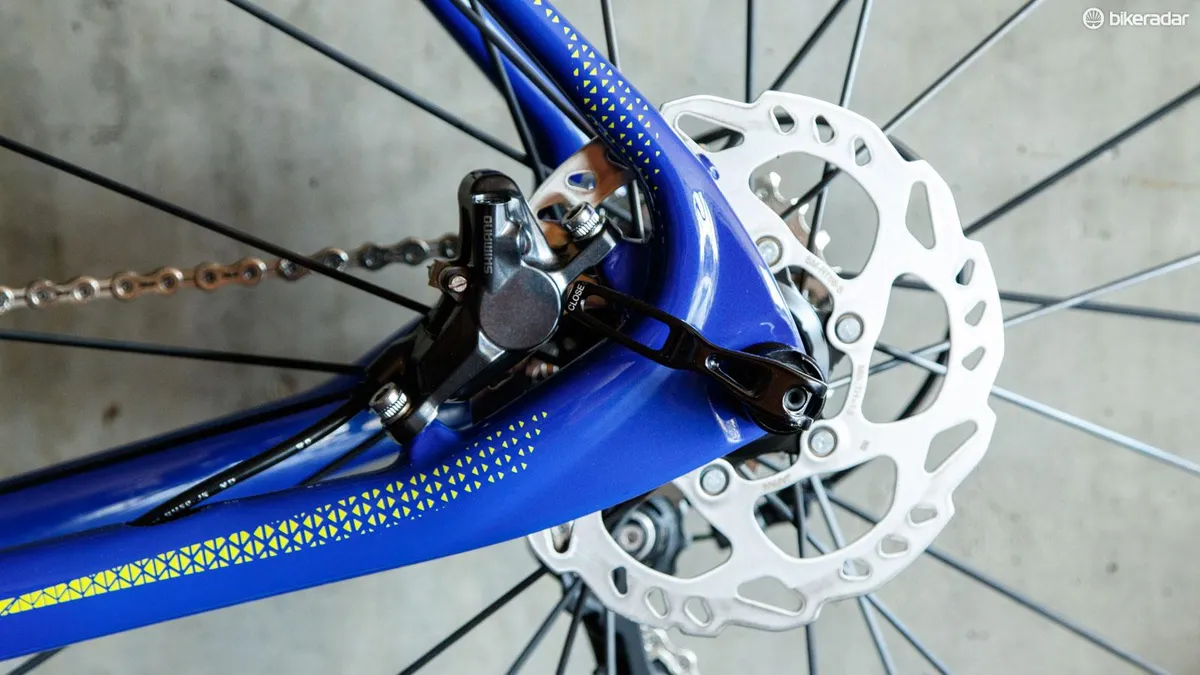
5. Why do some bikes have drop bars and some have flat bars?
Drop handlebars were developed for road racing, and work brilliantly if you want to get into a position on the bike that lets you cover a lot of ground quickly. In fact, they offer at least three hand positions, so you can move around if you get tired of one stance.
But many riders like the more upright position of a flat handlebar, especially for more leisurely riding, where you can sit up and admire the view — or in traffic.
Wider flat bars give better control on rough surfaces, which is why they're the universal choice of mountain bikers, but for riding on the road it’s worth trying both.
Drop bars may look less comfortable, but for sportier riding the position can be more comfortable. After all, Tour de France cyclists spend five or six hours a day on drop-bar bikes. They couldn’t do that if the position were inherently uncomfortable, could they?
6. How high should my saddle be?
Many beginners want to be able to put a foot flat on the ground while sitting in the saddle. The problem is that puts your saddle too low for comfortable, efficient pedalling.
With your saddle too low, you’ll get tired quicker. You should have your saddle high enough that your knee is at a 25- to 35-degree angle when your foot is at the bottom of the pedal’s rotation.
You can use a device called a goniometer to measure this, or eyeball it — it will look like the knee is not quite fully straight. On most bikes you’ll still be able to reach the ground from the saddle in this position; you may have to shuffle sideways a little.
7. What are clipless pedals?
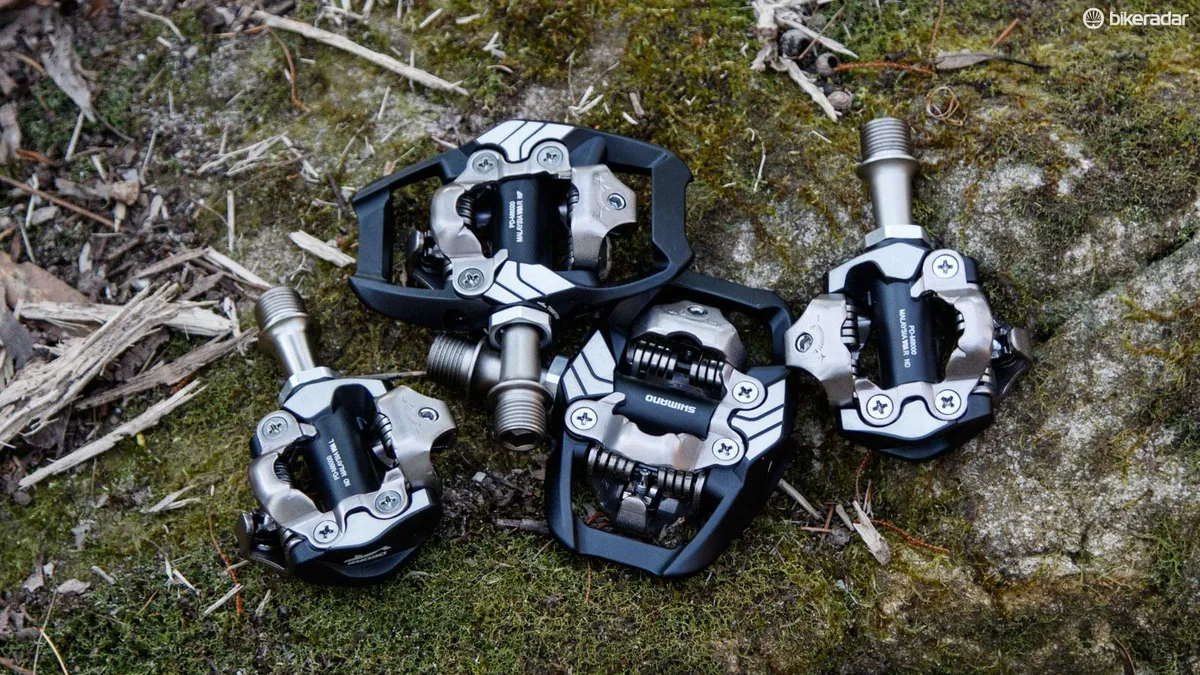
Pedals come in three varieties: flat, clip-and-strap, and clipless.
Flat pedals are found on many bikes and are the simplest type. They have a flat area on either side where you place your feet. High-tech versions come with squared-off steel studs screwed into the body that help soft-soled shoes grip them.
Clip-and-strap pedals have a metal or plastic cage that wraps round the front of your foot to hold it in the right place on the pedal, combined with a leather or plastic strap to keep it in place. They’re now fairly uncommon, but were once the dominant way riders kept their feet on the pedals.
Clipless pedals have almost entirely replaced clip-and-strap pedals for serious cycling. They comprise a cleat on the shoe that fastens into a pedal that has a mechanism rather like a ski binding. Clipless pedals for mountain biking have small cleats that sit in a recess in the sole so the rider can still walk in the shoes.
Road clipless systems have larger, external cleats and are inconvenient to walk in. Many recreational and commuter cyclists therefore use mountain bike shoes and pedals even though they never go off road.
In general, clipless pedals are used by performance-orientated riders who like the feeling of being connected to the bike and the greater pedalling efficiency of the stiff-soled cycling shoes that accompany them.
Flats are favoured by riders who want to be able to ride in regular shoes, or who don’t want to risk being mechanically attached to the bike.
8. Do I need suspension on my bike?
Only if you plan to ride off-road. Good suspension is a boon for proper mountain biking, but if your ambitions don’t involve zooming down rough hillsides, you’ll probably be fine with an unsuspended bike.
Even if you are planning on heading off-road, many of the suspension forks found on entry-level mountain bikes are quite poor quality; and in some cases a bike with a rigid fork and higher quality components will be a better deal.
- Best bike: our buyer's guide to which bicycle type you should buy
- Best road bike: how to choose the right one for you
- Best mountain bike: the ultimate buyer's guide
- Best hybrid bikes: a buyer's guide to find what you need
9. Isn't that saddle uncomfortable?
Bike saddles need to be fairly narrow so you can pedal easily. As a result, they undeniably take some getting used to. It’s a bit like getting used to a new pair of shoes; they might pinch in a couple of spots at first, but as long as they’re fairly good quality, you'll adapt.
The trick to getting used to a bike saddle is to build up gradually. Go for a ride one day, take a couple days off, then go for another ride. Take another day off, then ride again. Build up both frequency and distance gradually and, if at all possible, wear padded bike shorts with no underwear (wash them after every ride).
Very wide and thickly padded saddles can be counter-productive. Wide saddles get in the way of comfortable pedalling and thick padding tends to bunch and pinch while letting you sink in unevenly.
Read our article How to choose a bike saddle for some helpful buying advice.
10. Will cycling get me fit?
In short, yes. Experts recommend at least 20 minutes of aerobic exercise (such as riding a bike hard enough that you get a little out of breath) at least three times per week to maintain basic fitness and health.
How much fitter you get than that will depend on how much cycling you do. It’s surprisingly easy to build your fitness up gradually and realise that you’re suddenly capable of riding for miles and miles.
If you’ve been very sedentary and are perhaps a bit overweight, then it’s sensible to check with your doctor before you start riding.
Assuming you get the okay — as you almost certainly will — then start with short, flat rides and build up gradually. And if you need inspiration, take a look at Keith Jardine's story about how he cycled away 55kg.
However, fitness is quite specific to activity. Being fit for riding a bike won’t help you run a marathon (and vice versa), but it’ll probably stop you getting out of breath running for a bus.
11. If I get fit, won’t my legs get huge?
It’s very unlikely. Cycling is far more likely to build lean, toned leg muscles than huge bulging thighs because most of the time the effort you put out is far less than the bulk-building efforts of bodybuilders.
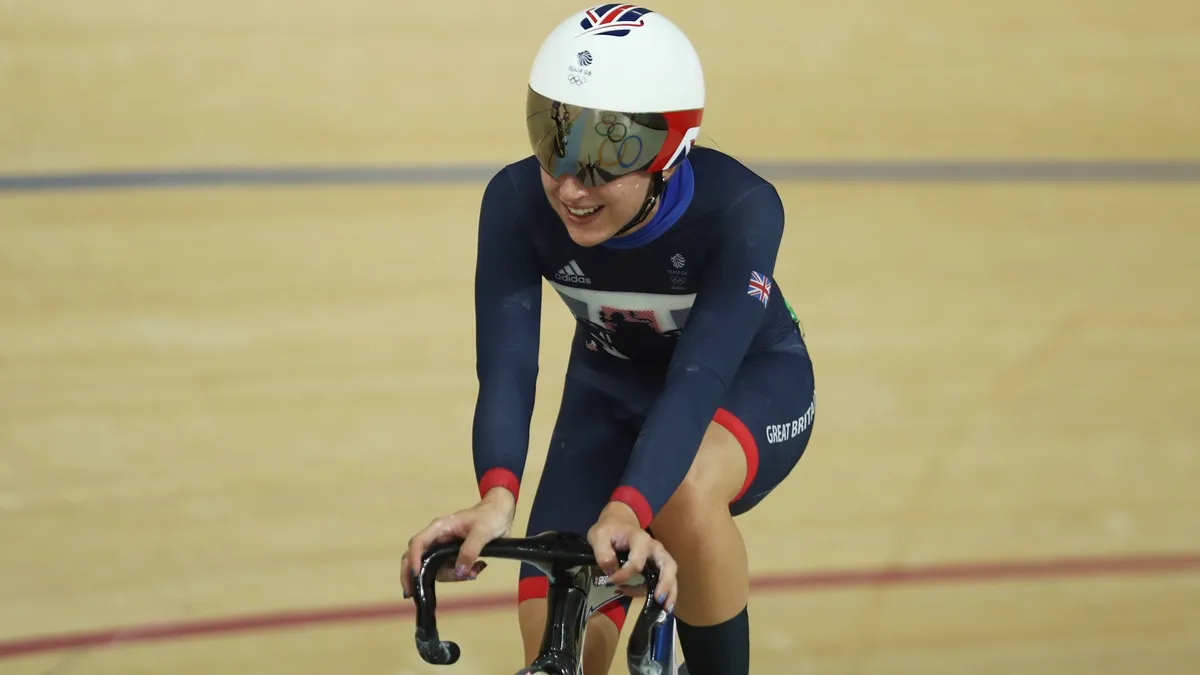
12. Won’t I get wet if I live in the UK?
Probably not. The Met Office often says there is no significant rain at commuting times for 95 percent of mornings and evenings in most major UK cities.
If that doesn’t gel with your idea that we live in a rather soggy country that’s because rain tends to leave things wet for a while.
Barry Gromett of the Met Office points out that for many riders it may even be better than this. “October to November is one of the wetter times of the year and many people may elect to forego the bike during the winter months,” he says.
And if you live in a drier part of the world, you have even fewer excuses!
This article was last updated in September 2017.

